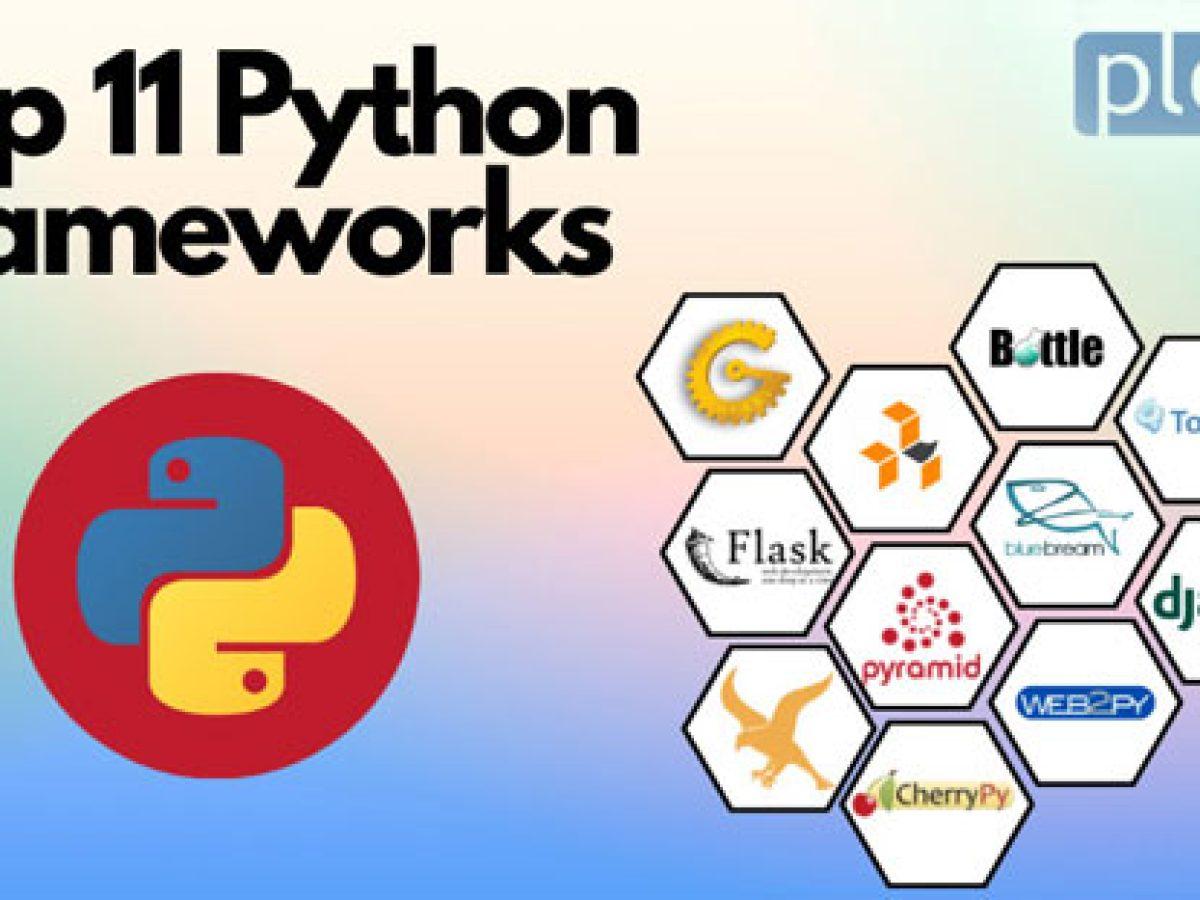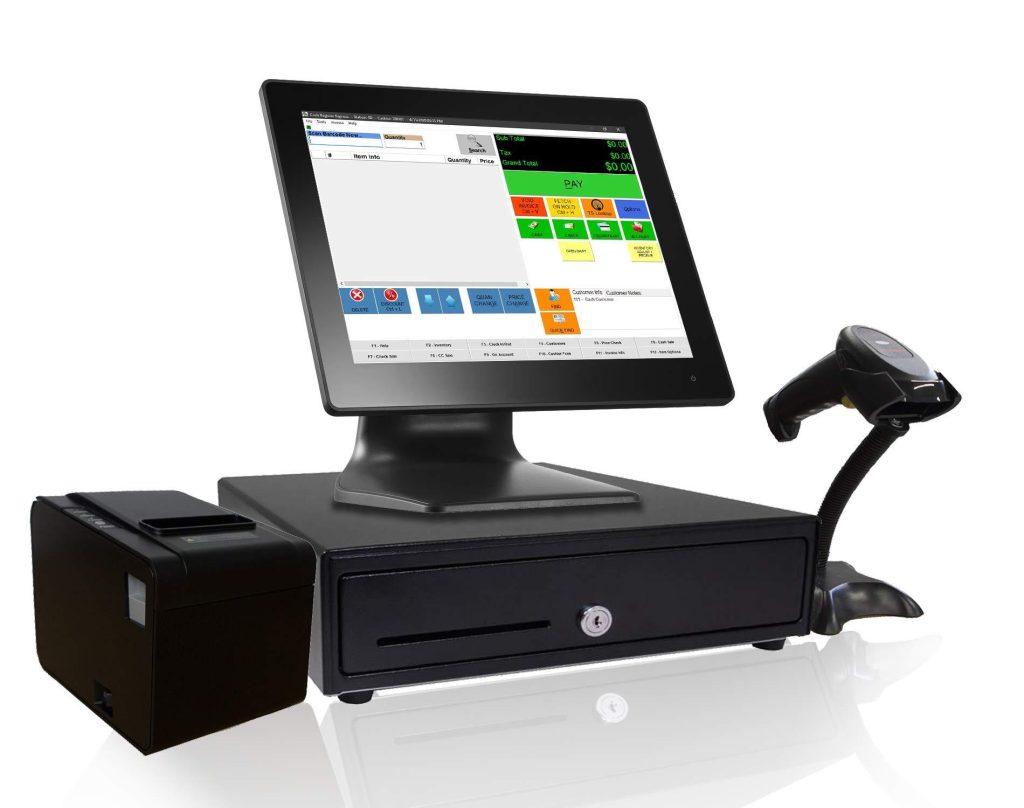
Introduction
In today’s fast-paced web development landscape, choosing the right framework can make all the difference in improving your coding productivity. With numerous options available, selecting the most suitable framework for your project can be overwhelming. In this article, we will explore the top web development frameworks that can definitely help you streamline your development workflow, reduce coding time, and increase overall productivity. Whether you’re a novice or an experienced developer, this guide will provide you with valuable insights and practical tips to enhance your coding experience.
Benefits of Using Web Development frameworks
Using web development frameworks offers numerous benefits, including:
Faster development: Frameworks provide pre-built components, libraries, and tools that enable rapid development and prototyping.
Improved code quality: Frameworks promote best practices, coding standards, and modularity, resulting in cleaner, more maintainable code.
Enhanced security: Many frameworks include built-in security features, such as authentication and authorization, to protect your application from common threats.
Simplified maintenance: Frameworks often provide tools and libraries for debugging, testing, and deployment, making maintenance and updates easier.
Top Web Development Frameworks
Here are some of the most popular web development frameworks, categorized by programming language:
Front-end Frameworks
| Framework | Description |
| — | — |
| React | A JavaScript library for building user interfaces and single-page applications. |
| Angular | A JavaScript framework for building complex web applications. |
| Vue.js | A progressive and flexible JavaScript framework for building web applications.|
Back-end Frameworks
| Framework | description |
| — | — |
| Node.js | A JavaScript runtime habitat for building server-side applications. |
| Express.js | A node.js framework for building web applications and apis. |
| Django | A Python framework for building robust, scalable web applications. |
Full-stack Frameworks
| Framework | Description |
| — | — |
| Ruby on Rails | A server-side framework for building web applications using Ruby. |
| Laravel | A PHP framework for building web applications and APIs.|
| ASP.NET | A Microsoft framework for building web applications and services using .NET. |
Practical Tips for Choosing the Right Framework
When selecting a web development framework, consider the following factors:
Project requirements: Assess the project’s complexity, scalability, and performance needs.
Team expertise: Choose a framework that aligns with your team’s skills and experience.
Community support: Select a framework with an active community, extensive documentation, and reliable support.
Integration: Consider the framework’s compatibility with othre tools, libraries, and services.
First-Hand experience
As a developer, I have worked with several frameworks, including React, Node.js, and Django.One of my most notable experiences was building a complex web application using React and Node.js. The frameworks’ adaptability, scalability, and vast ecosystem of libraries and tools enabled me to deliver a high-quality application quickly and efficiently.
Case Studies
Several notable companies have successfully used web development frameworks to build scalable and efficient applications:
Airbnb: Built using React, Node.js, and Ruby on Rails, Airbnb’s application handles millions of users and listings.
Instagram: Developed using Django and Python, Instagram’s application supports over 1 billion active users.
Netflix: Built using a combination of Java, Python, and Node.js, Netflix’s application streams content to millions of subscribers worldwide.
Benefits and Best Practices
To get the most out of web development frameworks, follow these best practices:
Stay up-to-date: Regularly update your framework and dependencies to ensure you have the latest security patches and features.
Follow coding standards: Adhere to established coding standards and best practices to maintain clean, readable code.
Test thoroughly: Use the framework’s built-in testing tools and libraries to ensure your application is reliable and stable.
* Monitor performance: Use tools like Google PageSpeed Insights and WebPageTest to optimize your application’s performance and user experience.
Conclusion
choosing the right web development framework can considerably boost your coding productivity,improve code quality,and reduce development time. By considering factors like project requirements, team expertise, and community support, you can select the most suitable framework for your project. Remember to stay up-to-date,follow coding standards,test thoroughly,and monitor performance to get the most out of your chosen framework. With the right framework and best practices, you can build scalable, efficient, and high-quality web applications that meet your users’ needs and exceed their expectations.



